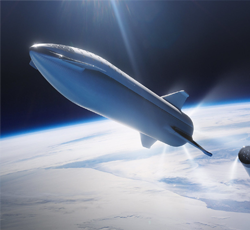
LATEST UPDATES
Rating check
Good
- by testing Tesla
- Apr 03, 2025
- 0 Comments
- 167 Views
- 0 Likes
-
0
Read More Flag 0 Of 5
Starlink Test
NA test on staink
- by newopt
- Apr 01, 2025
- 1 Comments
- 103 Views
- 0 Likes
-
0
Read More Flag 0 Of 5
checking 2
First Entry not show
- by testing Tesla
- Mar 30, 2025
- 1 Comments
- 132 Views
- 1 Likes
-
0
Read More Flag 0 Of 5
hyperloop
NA test purpose for Hyperloop
- by newopt
- Apr 03, 2025
- 0 Comments
- 131 Views
- 0 Likes
-
0
Read More Flag 0 Of 5
Elon Musk
NA hello
- by nextdevlopers
- Apr 02, 2025
- 0 Comments
- 85 Views
- 1 Likes
-
1
Read More Flag 0 Of 5
Artificial intelligence
- by nextdevlopers
- Mar 31, 2025
- 0 Comments
- 2 Likes
- 85 Views
-
1
Flag 0 Of 5
View More
Stay Connected
Tweets by elonmuskTo get the latest tweets please make sure you are logged in on X on this browser.
Sponsored
Popular Post
tesla Model 3 Owner Nearly Stung With $1,700 Bill For Windshield Crack After Delivery
35 ViewsDec 28 ,2024






 Energy
Energy





















































